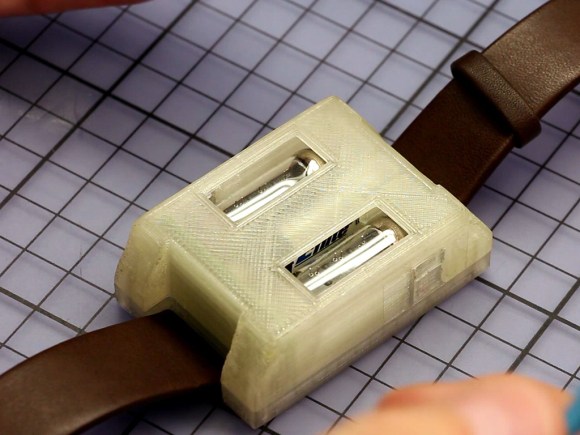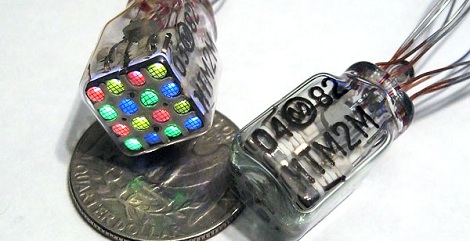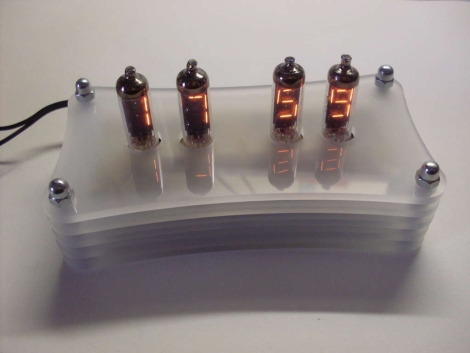Hackers and makers alike often use whatever’s readily available. Sometimes this is done out of necessity, other times because of the desire to make something work without waiting for parts to ship or some store to open. And many times, we use what we already have simply because it presents a challenge. A couple of years ago, [Alan] made a beautiful clock that combines the lessons he learned from building a word clock with the challenges presented by some IV-9 and IV-16 Numitron tubes he acquired.
This build expanded [Alan]’s horizons while extending the use of his existing tools. The timekeeping is done with a word clock board he had designed previously that can utilize any of three kinds of RTC modules. Further flexibility is evident in the top board, which is designed with double footprints to accommodate through-hole or SMD shift registers and resistors. His current board iteration allows for chaining if you like your time displays long and specific. If the vintage blue reddish-orange glow of VFDs Numitron tubes offends your eyes for some reason, there’s a dual-footprint for a single-color LED under each tube.
It’s worth mentioning that these are not Nixie tubes, they are vacuum fluorescent displays (VFD)s Numitron tubes. If you already have or plan to acquire some but don’t know how to drive them, check out this Numitron tutorial we covered a few years back.
Edit: D’oh. As you have pointed out, these are Numitron tubes, not VFDs or Nixies. That is what multitasking will get you. We applaud your vigilance.
















